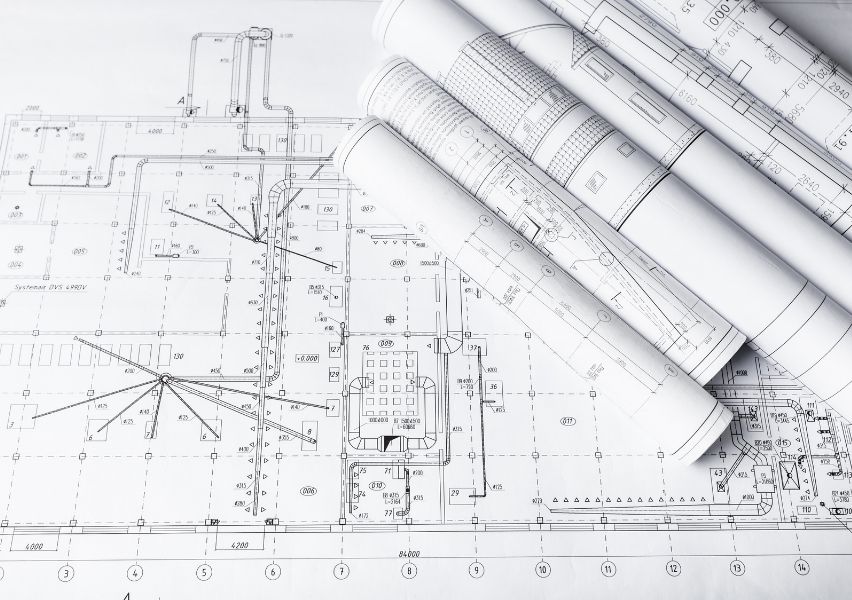When we think of architecture, we often envision grand skyscrapers, magnificent bridges, and imposing structures made of concrete and steel. While these materials are indeed vital components of architectural design, true architecture is not confined to the physical properties of the materials used. Instead, it is an art that goes far beyond concrete and steel, focusing on the creation of spaces that resonate with human emotions, experiences, and culture.
The Essence of Architecture
At its core, architecture is the art and science of designing and constructing spaces that meet the needs of people while reflecting the cultural and societal context in which they exist. It’s about crafting environments that inspire, provoke thought, and evoke emotions. It’s the marriage of function and form, aesthetics and practicality.
A Symphony of Elements
Architecture encompasses a plethora of elements that extend beyond the construction materials. These elements include:
- Functionality: Buildings and spaces are designed to serve a purpose. Architectural design begins with understanding the function of a space and how it can best cater to the needs of its inhabitants or users.
- Aesthetics: The visual appeal of a structure is a crucial aspect of architectural design. The interplay of light, shadow, color, and shape creates a visual experience that can uplift the spirit.
- Context: Architects consider the surrounding environment, culture, history, and local materials when designing a structure. The building should harmonize with its surroundings and tell a story.
- Sustainability: In an age of environmental awareness, architecture also focuses on sustainable design, incorporating energy efficiency and eco-friendly materials to reduce the environmental impact.
- User Experience: User-centric design is a priority. Architectural spaces should enhance the well-being and experiences of the people who inhabit them.
- Innovation: Architecture is a canvas for innovation. It’s about pushing boundaries and exploring new design possibilities to create something unique and inspiring.
The Power of Space
What truly distinguishes architecture is the power to shape our perception of space. It can create a sense of openness, intimacy, or grandeur. The manipulation of scale, light, and materials can evoke emotions ranging from awe to comfort. Spaces can tell stories, create memories, and even heal. Whether it’s the soaring interior of a cathedral, the cozy corners of a café, or the open layout of a modern art museum, architecture is about defining the experiences within these spaces.
Architects as Artists
Architects are not mere builders; they are artists and visionaries. They conceptualize, sketch, and design spaces with a deep understanding of human psychology, aesthetics, and functionality. Their work can challenge conventions and transform how we perceive and interact with the built environment.
Conclusion: Beyond Concrete and Steel
In conclusion, while concrete and steel are the tangible materials of architecture, the heart of the discipline lies in the creation of spaces that serve, inspire, and resonate with the human spirit. Architecture is the art of shaping environments that transcend the physical and engage the emotional. It is a testament to the boundless creativity and innovation of humanity, reminding us that architecture is, indeed, not based on concrete and steel alone, but on the limitless possibilities of the human imagination.
